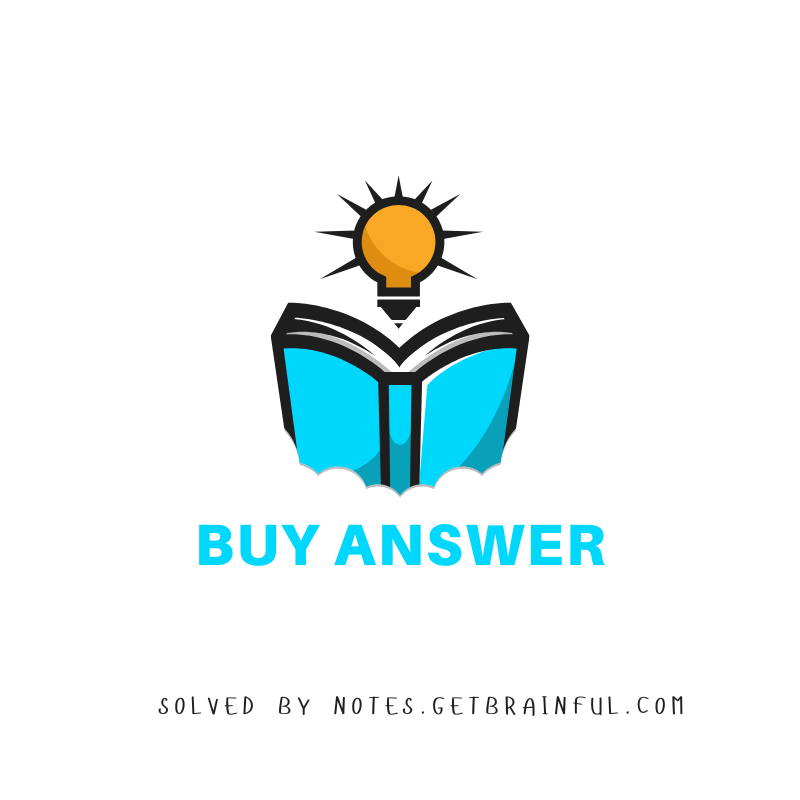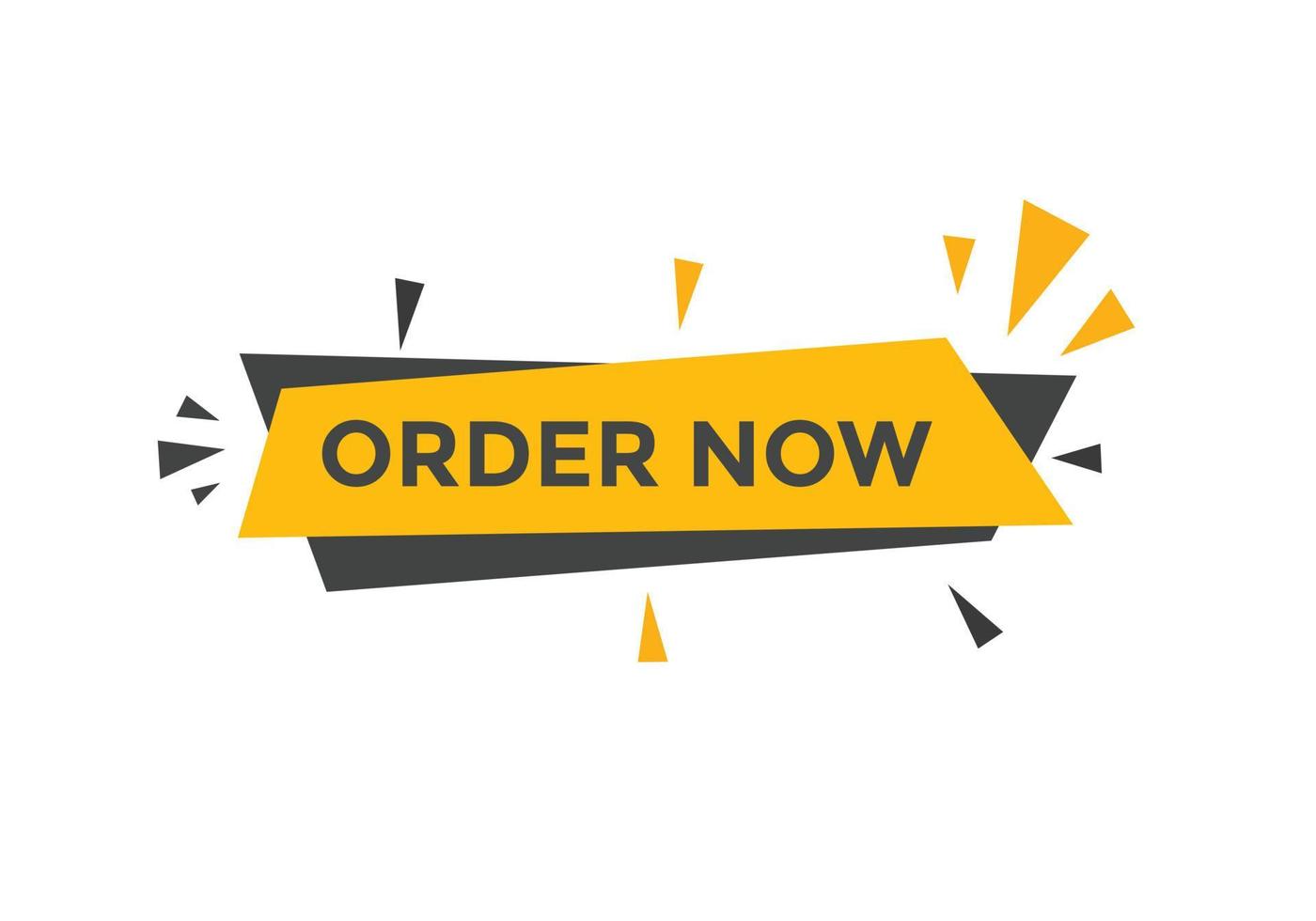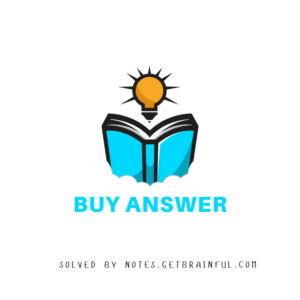Overview
For this assignment, you will create a comprehensive treatment plan. Your treatment plan will be based on the Alejandro case below. Review the case and the sample treatment plan before completing your treatment plan, knowing this is an important engagement tool for practicing clinical psychologists.
ALEJANDRO CASE:
Alejandro is a 12-year-old Mexican boy who lives with his father and younger brother. About a week ago, his mother passed away. His teacher, Mr. Kombs, reported that he went from a fun-loving boy to a boy with “sad eyes.” Mr. Kombs also reported that Alejandro falls asleep in class, has a hard time focusing, and doesn’t speak much. He tends to stare into space and doesn’t go outside to recess at the appointed time. He has asked Alejandro a few times if he is OK, and Alejandro shrugs his shoulders. For the last two days, he has been tearful in class out of nowhere and asked to go to the restroom. Unfortunately, the teacher doesn’t know how the mother passed. He has reached out to Alejandro’s father, who has not returned any phone calls.
Instructions
Using the provided template, create a treatment plan based on the Alejandro case that includes SMART goals. Make sure that you complete each part of the treatment plan as described below:
| Problem: | Identify one problem associated with the case. It should be a symptom that is causing distress for the client. |
| Long-Term Goals: | Identify one long-term goal related to the problem above. The goal must be SMART, and there should be evidence that the client’s culture was considered when creating goals. |
| Short-Term Goals: | Identify two short-term goals related to the problem above. The goal must be SMART, and there should be evidence that the client’s culture was considered when creating goals. |
| Techniques/Interventions: | Identify two techniques/interventions that will help you achieve the short- and long-term goals listed above. Techniques/interventions should be based on research, not opinion. |
| Theory: | Identify the theory associated with each technique/intervention listed in your treatment plan. |
| Target Date: | Fill in target dates for short- and long-term goals. Target dates for long-term goals should be set for 90 days from the start date of the treatment plan. You should plan to address the short-term goals sometime within that 90 days. For example, if your long-term goal target date is July 2022, your short-term goal start date may be May 2022 or June 2022. |
| Status: | Identify your progress with the goal. Progress is typically measured with status labels like “Not started,” “Started,” “In progress,” “Achieved,” or “Discontinued.” |
Week 8 Assignment 2 – Treatment Plan
Criteria Ratings Pts
Identify mental health symptoms/problems associated with a clinical case on a treatment plan.
view longer description
DISTINGUISHED – 12 to >10.2 pts
Describes mental health symptoms/problems associated with a clinical case on a treatment plan.
PROFICIENT – 10.2 to >8.4 pts
Identifies mental health symptoms/problems associated with a clinical case on a treatment plan.
BASIC – 8.4 to >0 pts
Identifies some, but not all, mental health symptoms/problems associated with a clinical case on a treatment plan.
NON_PERFORMANCE – 0 pts
Does not identify mental health symptoms/problems associated with a clinical case on a treatment plan.
Criteria Ratings Pts
Identify short- and long-term goals associated with mental health symptoms on a treatment plan.
DISTINGUISHED – 12 to >10.2 pts
Describes short- and long-term goals associated with mental health symptoms on a treatment plan.
PROFICIENT – 10.2 to >8.4 pts
Identifies short- and long-term goals associated with mental health symptoms on a treatment plan.
BASIC – 8.4 to >0 pts
Identifies either short- or long-term goals, but not both, associated with mental health symptoms on a treatment plan.
NON_PERFORMANCE – 0 pts
Does not identify short- and long-term goals associated with mental health symptoms on a treatment plan.
Criteria Ratings Pts
Provide treatment techniques that apply to mental health symptoms on a treatment plan.
DISTINGUISHED – 12 to >10.2 pts
Provides treatment techniques that apply to mental health symptoms on a treatment plan and correlates each technique to the symptom.
PROFICIENT – 10.2 to >8.4 pts
Provides treatment techniques that apply to mental health symptoms on a treatment plan.
BASIC – 8.4 to >0 pts
Identifies treatment techniques that do not all apply to mental health symptoms on a treatment plan.
NON_PERFORMANCE – 0 pts
Does not identify treatment techniques that apply to mental health symptoms on a treatment plan.
Articulate theories of psychotherapy associated with therapy techniques/interventions on a treatment plan.
Criteria Ratings Pts
Articulate theories of psychotherapy associated with therapy techniques/interventions on a treatment plan.
DISTINGUISHED – 11 to >9.35 pts
Articulates theories of psychotherapy associated with therapy techniques/interventions and summarizes the applicability to a client’s treatment plan.
PROFICIENT – 9.35 to >7.7 pts
Articulates theories of psychotherapy associated with therapy techniques/interventions on a treatment plan.
BASIC – 7.7 to >0 pts
Identifies, but does not articulate theories of psychotherapy associated with therapy techniques/interventions on a treatment plan.
NON_PERFORMANCE – 0 pts
Does not identify theories of psychotherapy associated with therapy techniques/interventions on a treatment plan.
Criteria Ratings Pts
Express cultural considerations into treatment goals.
DISTINGUISHED – 11 to >9.35 pts
Expresses cultural considerations into treatment goals and provides an example for the case.
PROFICIENT – 9.35 to >7.7 pts
Expresses cultural considerations into treatment goals.
BASIC – 7.7 to >0 pts
Identifies, but does not express cultural considerations into treatment goals.
NON_PERFORMANCE – 0 pts
Does not identify cultural considerations into treatment goals.
Criteria Ratings Pts
Create target dates to reach treatment goals on a treatment plan.
DISTINGUISHED – 11 to >9.35 pts
Creates target dates to reach treatment goals on a treatment plan and summarizes key dates.
PROFICIENT – 9.35 to >7.7 pts
Creates target dates to reach treatment goals on a treatment plan.
BASIC – 7.7 to >0 pts
Identifies, but does not create target dates to reach treatment goals on a treatment plan.
NON_PERFORMANCE – 0 pts
Does not identify target dates to reach treatment goals on a treatment plan.
Criteria Ratings Pts
Measure a client’s progress/status on treatment goals.
DISTINGUISHED – 11 to >9.35 pts
Measures a client’s progress/status on treatment goals and summaries key updates.
PROFICIENT – 9.35 to >7.7 pts
Measures a client’s progress/status on treatment goals.
BASIC – 7.7 to >0 pts
Measures a client’s progress/status on treatment goals, with missing dates/information.
NON_PERFORMANCE – 0 pts
Does not measure a client’s progress/status on treatment goals.
Criteria Ratings Pts
Articulate meaning relevant to the topics, scope, and purpose on a treatment plan for a selected case.
DISTINGUISHED – 20 to >17 pts
Articulates a focused and comprehensive treatment plan for a selected case and demonstrates a thorough understanding of the topics, scope, and purpose.
PROFICIENT – 17 to >14 pts
Articulates meaning relevant to the topics, scope, and purpose on a treatment plan for a selected case.
BASIC – 14 to >0 pts
Addresses a specific topic with unclear intent or insufficient depth.
NON_PERFORMANCE – 0 pts
Writing is unrelated to the prompt.




Reviews
There are no reviews yet.